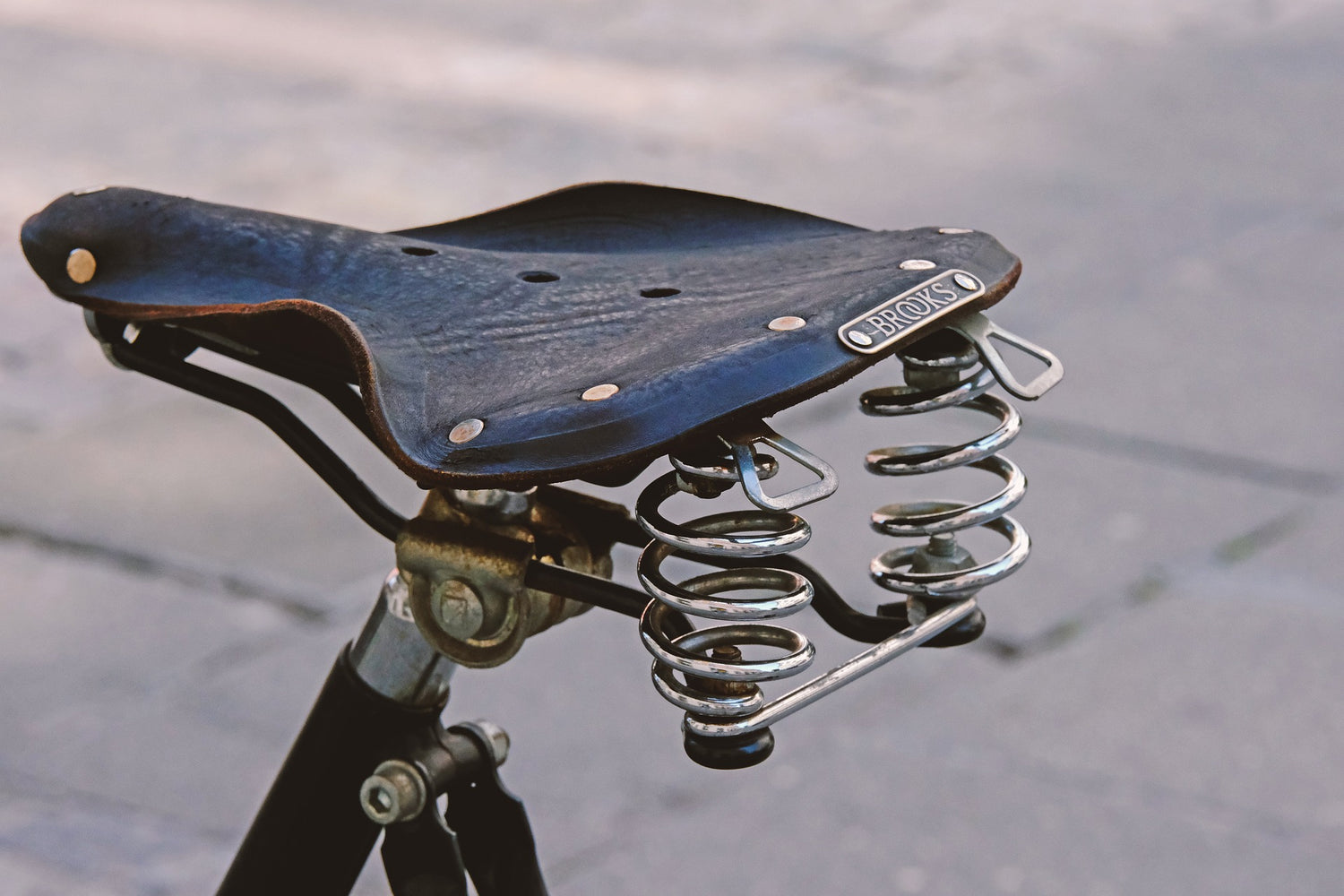Cycling is a fantastic way to stay active, explore the outdoors, and improve your overall health. However, like any physical activity, it comes with its own set of potential risks. Understanding and preventing common cycling injuries is crucial for enjoying a long and healthy cycling career. In this blog post, we'll delve into the five most common cycling injuries, how to prevent them, and how to treat them. We'll also provide essential tips for staying in shape and avoiding these pitfalls.
Saddle Soreness
Saddle soreness, also known as cyclists chafing, is a common discomfort experienced by many cyclists, especially beginners. It occurs due to prolonged friction between the skin and the bike seat.
Prevention:
Proper Bike Fit: Ensure your bike is adjusted to your specific body measurements. A professional bike fitter can help you achieve the optimal position.
Quality Cycling Shorts: Invest in high-quality cycling shorts with chamois padding designed to reduce pressure and friction. And if you are a female cyclists, invest in female specific cycling shorts as the chamois pad is different for us gals!
Bike Seat Selection: Choose a bike seat that suits your anatomy and riding style. Experiment with different shapes and sizes to find the best fit.
Regular Breaks: Take short breaks during long rides to relieve pressure on the perineal area.
Chamois Cream: What is this we hear you say? This fabulous product reduces the amount of chafing between your skin and your cycling shorts. This wee miracle can be a life saver for some cyclists whilst others don't need to use it at all. Us? We love handfuls of the stuff. Always have. Always will.
Treatment:
Knee Pain

Knee pain is a very common complaint among cyclists, particularly those who ride frequently or intensely. It can stem from various causes, including poor bike fit, overuse and muscle imbalances. Overuse injuries, such as patellofemoral pain syndrome (runner's knee) and tendonitis, are common culprits. We were victims of both of these injuries over the years and unfortunately, didn't listen to our bodies and ended up being off the bike for quite a while......
Prevention:
Treatment:
Back Pain
Back pain can be a significant issue for cyclists, particularly those who spend long hours in a hunched-over position. Poor posture, weak core muscles, and improper bike fit can contribute to back pain. Back pain can creep up on cyclists little by little so if you do feel strange tweaks and twinges, listen to your body and maybe ease back a bit on your training.
Prevention:
Treatment:
Wrist and Hand Pain

Wrist and hand pain is often associated with prolonged gripping of the handlebars and can plague cyclists, especially those who ride road (or track) bikes with drop handlebars. Carpal tunnel syndrome and tendonitis are common conditions that can affect cyclists.
Prevention:
Treatment:
Neck and Shoulder Pain
Neck and shoulder pain can result from poor posture, tight muscles, or an improperly adjusted bike.
Prevention:
Treatment:
Tips for Staying in Good Shape and Preventing Cycling Injuries

Beyond the specific injury prevention tips, here are some general guidelines to help you stay healthy and injury-free:
- Regular Exercise: Incorporate a variety of exercises into your routine, such as running, swimming, or yoga, to improve overall fitness and reduce the risk of overuse injuries.
- Strength Training: Focus on strengthening your core, legs, and upper body to improve stability, power, and injury resistance.
- Flexibility: Practice yoga and stretching exercises to increase range of motion, reduce muscle tension, and enhance recovery.
- Proper Bike Fit: Ensure your bike is properly adjusted to your body to optimise comfort, efficiency, and injury prevention.
- Bike Maintenance: Keep your bike well-maintained to avoid mechanical issues that can lead to accidents and injuries.
- Hydration: Stay hydrated before, during, and after your rides to maximise performance and recovery.
- Nutrition: Fuel your body with a balanced diet to support muscle recovery and overall health.
- Rest and Recovery: Try and ensure you get adequate sleep to allow your body to repair and rebuild.
- Listen to Your Body: Pay attention to any signs of pain or discomfort and take a break if needed.
- Progressive Training: Gradually increase your training intensity and duration to avoid overuse injuries.
By following these tips and taking preventive measures, you can significantly reduce your risk of common cycling injuries and enjoy a long and healthy cycling career. Remember, a little prevention goes a long way.


